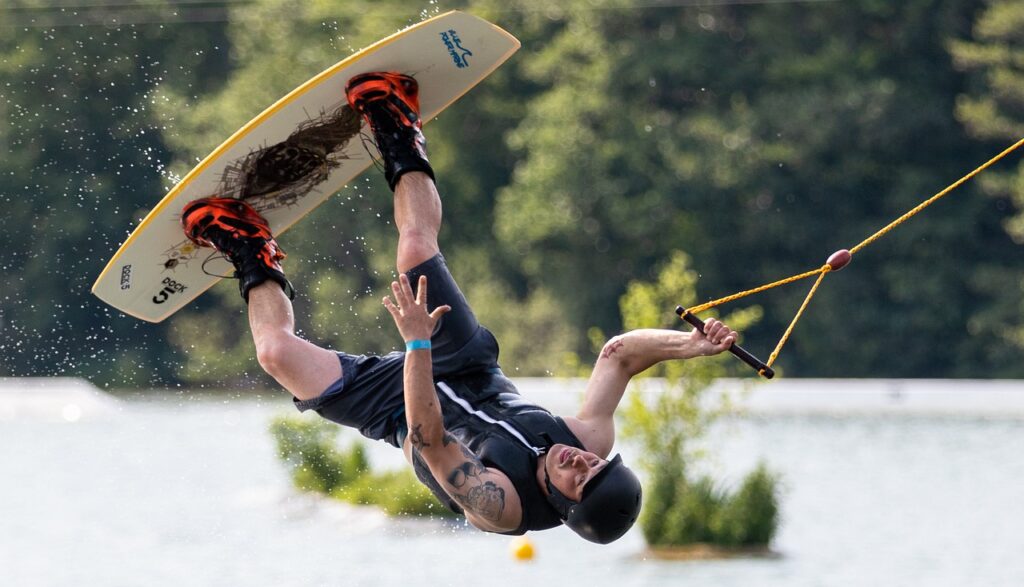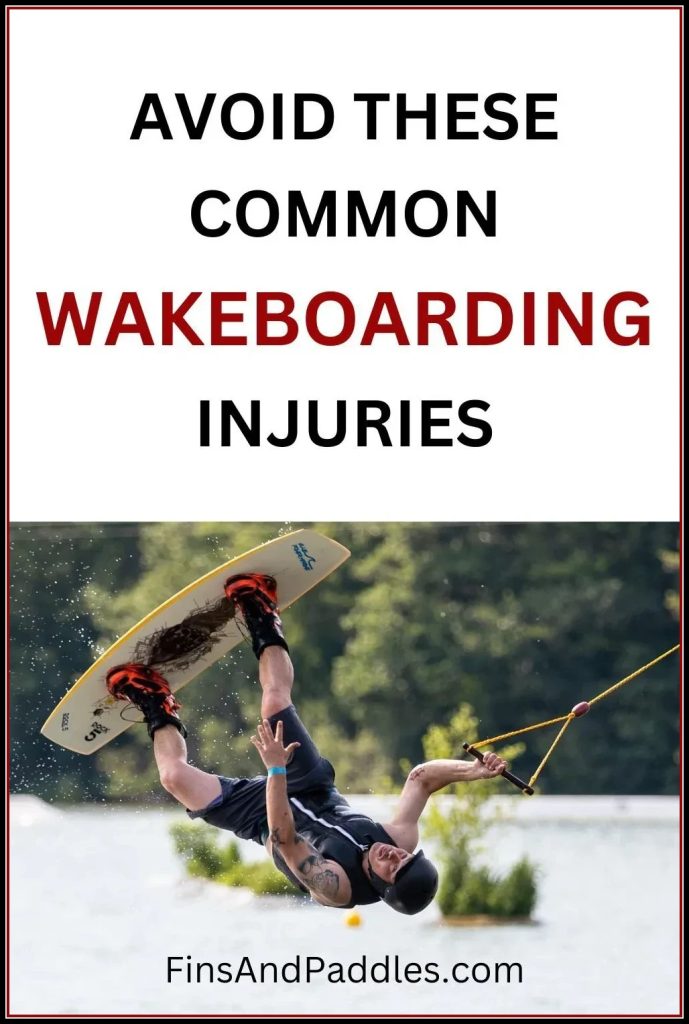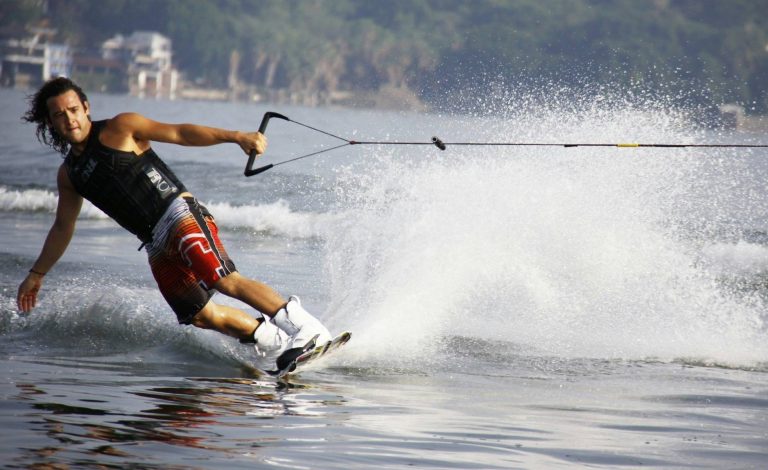As a water sport, wakeboarding offers a myriad of thrills and dynamics. Yet, as with any extreme sporting activity, it carries the risk of injury. Becoming familiar with the most common wakeboard injuries, you can take steps to prevent them and enjoy a safer experience on the water.
Here’s an outline of six typical wakeboarding injuries and how you can prevent them:
How to Avoid 6 Most Common Wakeboard Injuries
- Cuts and Lacerations
Cuts and lacerations can be caused by a collision with objects in the water, a collision with your board or from a wipe-out (a fall on your wakeboard). These can often be superficial but should still be properly cleaned to prevent infection.
- ACL Tears
The anterior cruciate ligament (ACL) provides stability to the knee. ACL tears are common occurrences in wakeboarding because of the high incidence of twisting motions and high-impact landings that are performed in the sport. These injuries can cause painful swelling and instability in the knee.
- Dislocated Shoulder
A shoulder dislocation can happen when a rider falls and extends his arm to break the fall, causing the upper-arm bone to pop out of its socket. This is an extremely painful injury and should receive immediate medical attention.
- Sprained Ankle
Sprained ankles are common among wakeboarders, especially when they land jumps or lose balance. They can experience swelling, pain and difficulty in bearing weight on the affected foot.
- Concussion
A concussion is a type of traumatic brain injury caused by a blow to the head, a fall or some other action that shakes or jars the brain inside the skull. Wakeboarders are an easy target because of the strong possibility of high-speed falls or collisions.
- Back Injuries
Back injuries, such as lumbar sprains, strains and even fractures can occur from awkward falls or landings. The impact of hitting the water at high speed can cause significant stress on the spine and back muscles.

How to Prevent Wakeboarding Injuries
- Use the Correct Equipment
You can significantly reduce the possibility of injury when you wear the correct gear. This would include a helmet, a life vest (PFD) and appropriate wakeboarding footwear. Ensure that your equipment is suitable for your skill level and that you keep it in good condition.
- Stretch and Warm Up
Before you hit the water, perform a thorough stretching and warm-up routine to prepare your joints and muscles for the coming activity. This can help prevent strains and sprains.
- Learn Proper Technique
Learning the right way to wakeboard can minimize your chances of getting hurt. Take lessons from an experienced instructor and learn the basic moves well before trying tougher maneuvers.
- Communicate with the Boat Driver
Make sure the person driving the boat is familiar with wakeboarding safety protocols. Agree on hand signals for when to start, stop and change speed to stay safe and in control.
- Progress Gradually
Gradually increase the intricacies of your wakeboarding moves. Don’t rush into doing jumps or tricks that are too difficult for your skill level, as you could fall and injure yourself.
- Keep Your Eyes Open
Be aware of your environment, other people in the water, water conditions and potential hazards in the water. Do your wakeboarding in designated areas that are free of obstacles.
- Listen to Your Body
Notice if you’re feeling fratigued or uncomfortable. If you’re tired or feeling pain, stop and rest. Carrying on when you’re tired could increase the possibility of injury.
You can practise wakeboarding safely when you take the right precautions. Knowing how to avoid the most common wakeboard injuries can minimize the chances of you getting hurt.
Don’t hesitate to seek professional advice if you’re unsure about any aspect of wakeboarding safety.
Pin this image on Pinterest:


